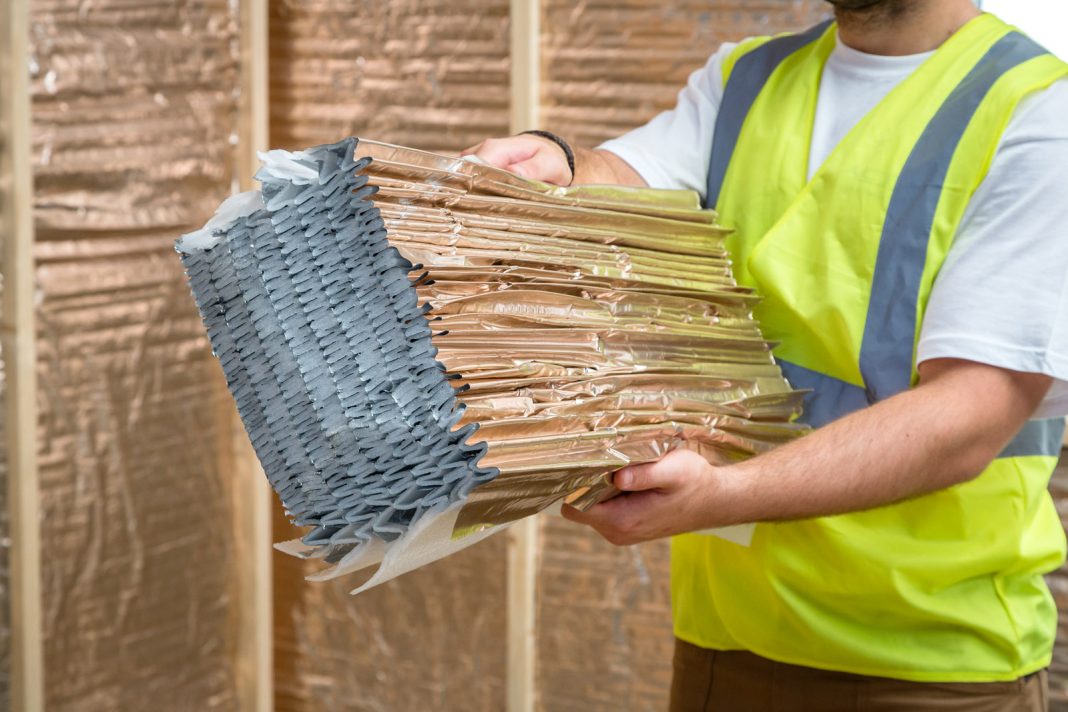Energy efficiency measures such as home insulation should be part of investment into draughty housing, which could then prevent 6,000 excess deaths a year
Investment in draughty housing could help achieve net zero, reduce fuel poverty and poor health and even save lives, according to Citizens Advice.
The findings of a recent report suggest that home insulation improvements and other energy efficiency measures could save the NHS £2bn a year by preventing 6,000 excess deaths annually, cut childhood asthma cases by 650,000 and save residents a total of £24bn by 2030 – up to £951 a year per head.
The findings have been backed by insulation specialist Actis, as Citizens Advice calls for urgent investment in draughty housing to upgrade 13 million of the UK’s 15 million most energy-inefficient homes – which house 31m people – to EPC level C.
Retrofitting now will prevent a myriad of future expenses
According to Citizens Advice, the retrofit works would generate £40bn and reduce CO2 emissions by 5%(around 33m tonnes) by 2030, more than paying for the upfront costs.
The report follows a similar call from the Building Research Establishment (BRE) earlier this year, whose report – The Cost of Poor Housing by Tenure in England – suggested poor housing could be costing the NHS £540m a year.
Insulation is one part of a multi-faceted approach
Actis UK and Ireland technical director Thomas Wiedmer cited the importance of ‘fabric first,’ though he was careful to point out that the solution is not as simple as merely slapping insulation into draughty housing.

It needs to be part of a balanced approach, ensuring it doesn’t lead to damp and mould, with retrofitters needing to take into account specification PAS 2035:2019, which champions a whole house approach including a ventilation strategy.
“Although it is a guide for all government-supported projects, including those under the Energy Company Obligation ECO, it can be used on a voluntary basis for private homes outside these schemes,” he said.
“The standard champions a matrix approach in which each individual measure is examined in the context of the whole house. This is because one action might have unintended consequences elsewhere in the property – such as the appearance of moisture or condensation.
“For example, while on the surface it may seem sensible to insulate all external walls to the best possible U-value, this could have unintended consequences elsewhere. Where the ceiling joists meet the walls, in some scenarios, can create a weak thermal bridge. This might lead to moisture build-up and mould growth so it may, counterintuitively, be better to use less rather than more insulation.”
Actis’ Hybird range offer insulation, airtightness, moisture resistance and reflective properties all in one package and can achieve the highest U-value requirements with minimal thickness. To learn more, click here.

















